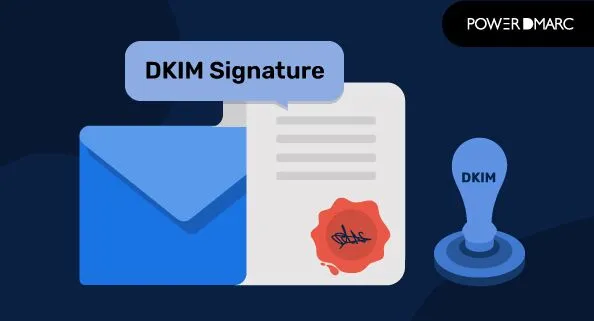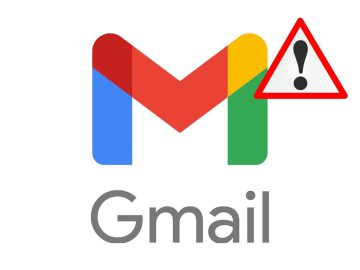Email security is an essential component of digital communication, ensuring that communications are sent and received without alteration or interception. DKIM is a fundamental technology for improving email security. DKIM adds a digital signature to the email header, which is used to confirm that the email was not altered during transit and that it originated from the stated domain. However, the DKIM signature is not valid, producing problems with email deliverability and trustworthiness. In this article, we will look at what DKIM signatures are, why they may be invalid, and how to resolve these difficulties.
What is a DKIM Signature?
DKIM stands for DomainKeys Identified Mail, and it is a way to determine the legitimacy of an email. When an email is sent, the sender’s mail server creates a unique digital signature with a private key. This signature has been added to the email header. The recipient mail server can then validate the signature using the public key disclosed in the sender’s DNS records. If the signature matches, it confirms that the email was not altered and came from the claimed domain.
5 Reasons for Invalid DKIM Signatures
Several conditions can make DKIM signatures invalid:
- Incorrect DNS Configuration: For DKIM to work properly, the public key must be correctly published in the transmitting domain’s DNS records. Any misconfiguration or inaccuracies in these records may prevent the receiving server from verifying the signature.
- Email Alterations in Transit: Emails may traverse through multiple servers and services before reaching their intended destination. If any of these intermediates change the email’s content or headers, the DKIM signature may no longer match, rendering it invalid.
- Key Mismatches: If the DKIM keys are not correctly handled, such as by utilizing an old private key or an invalid public key, the verification procedure will fail.
- Expired or Rotated Keys: To ensure security, DKIM keys should be rotated on a regular basis. If a new key is implemented but DNS records are not updated in a timely manner, emails signed with the old key may have invalid signatures.
- Third-Party Email Services: When you use third-party email or forwarding services, the original email headers may be changed, resulting in a discrepancy between the DKIM signature and the actual content
How to Handle Invalid DKIM Signatures
To guarantee that DKIM signatures are legitimate, take these steps:
- Verify DNS Records: Make sure your DKIM DNS records are checked and updated on a regular basis. Ensure that the public key is correctly published and matches the private key used by your mail server.
- Monitor Email Flow: Keep track of how your emails are processed across several servers and services. Avoid making needless changes to email headers or content after the DKIM signature has been applied.
- Implement Key Rotation Properly: Rotate DKIM keys on a regular basis while ensuring a seamless transition. Before signing emails with the new private key, update the DNS records to reflect the new public key.
- Configure Third-Party Services Correctly: If you utilize third-party services to send or forward emails, ensure they support DKIM and are configured to maintain the original DKIM signatures.
- Use Reliable Email Services: Select renowned email service providers with strong support for DKIM and other email authentication protocols such as SPF (Sender Policy Framework) and DMARC.
Final Thoughts
DKIM signatures are essential for assuring the authenticity and integrity of email interactions. Invalid DKIM signatures can cause problems with email deliverability and trust, compromising both the sender’s reputation and the recipient’s security. By understanding the common reasons for invalid DKIM signatures and applying best practices to mitigate them, organizations may improve their email security posture and maintain the credibility of their email communications.


